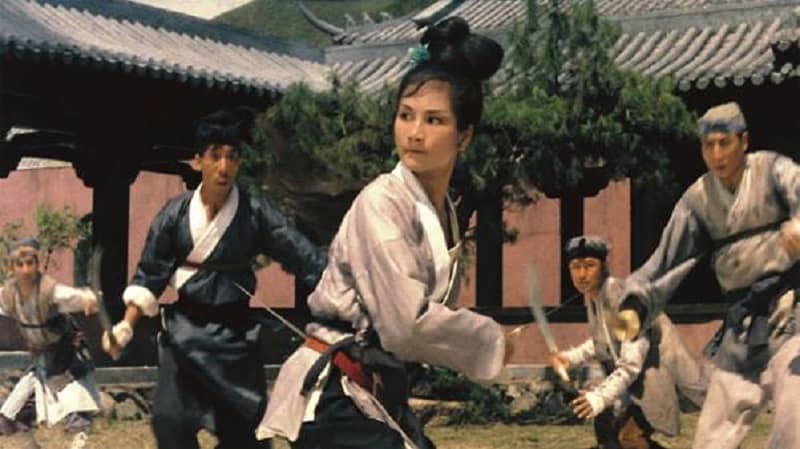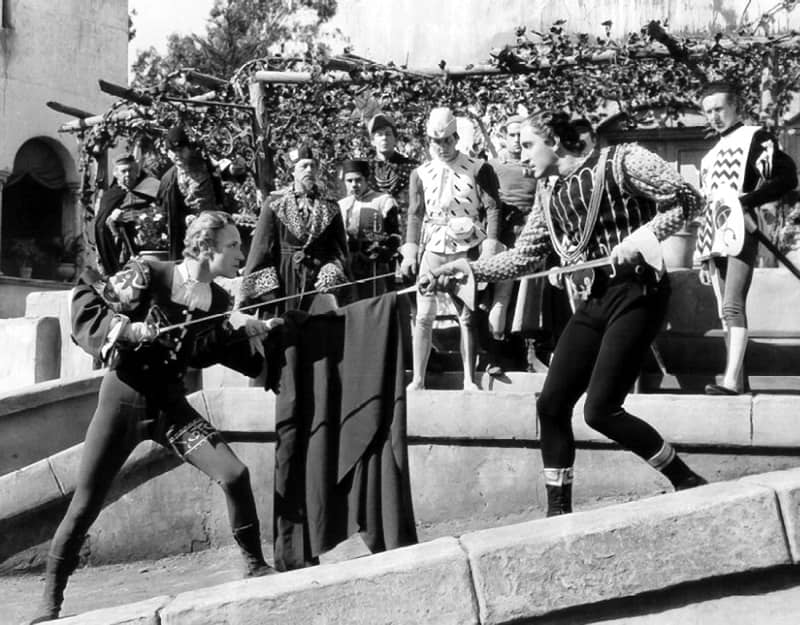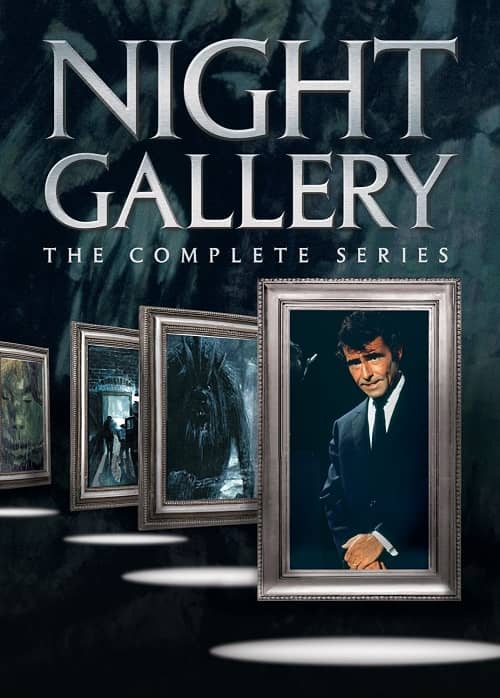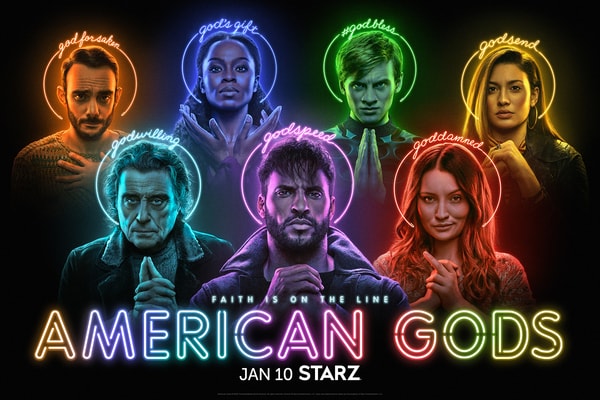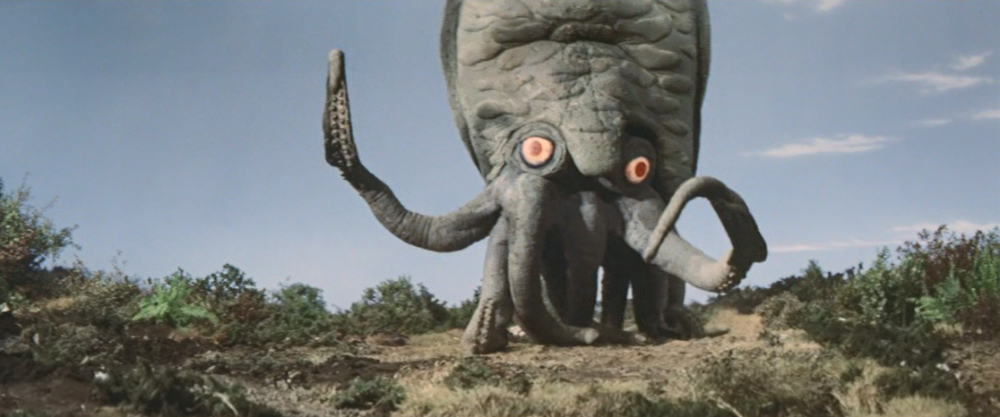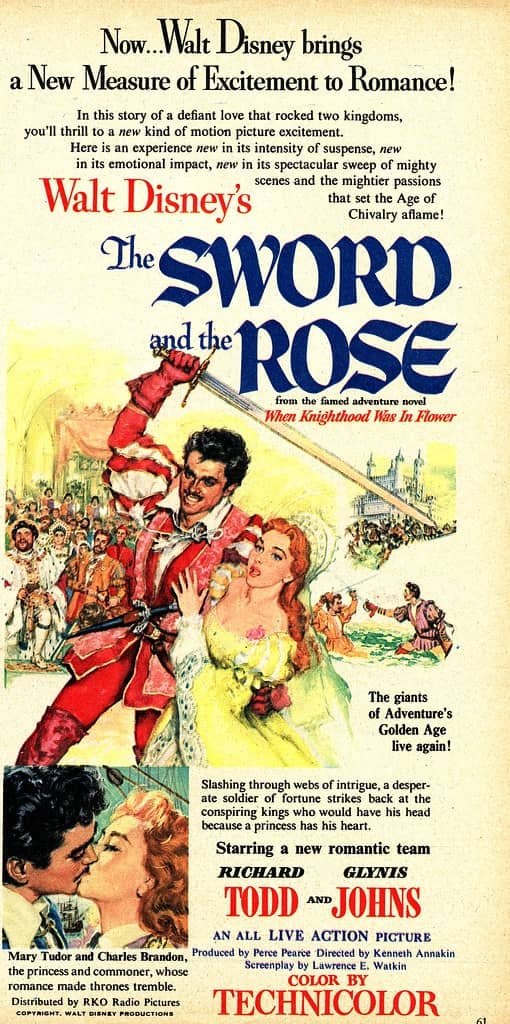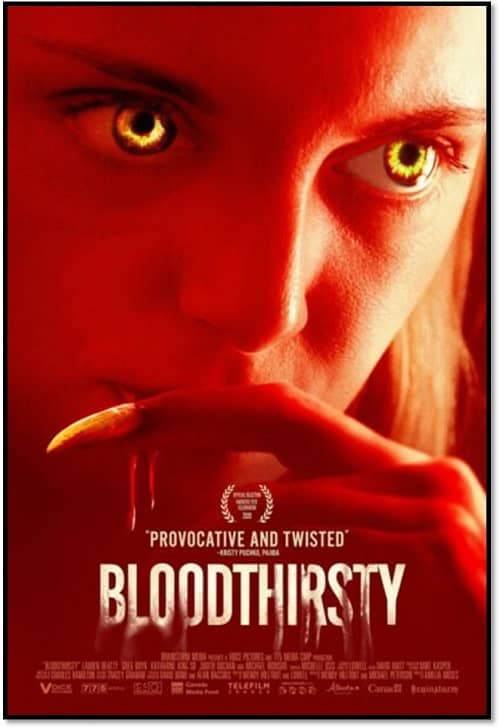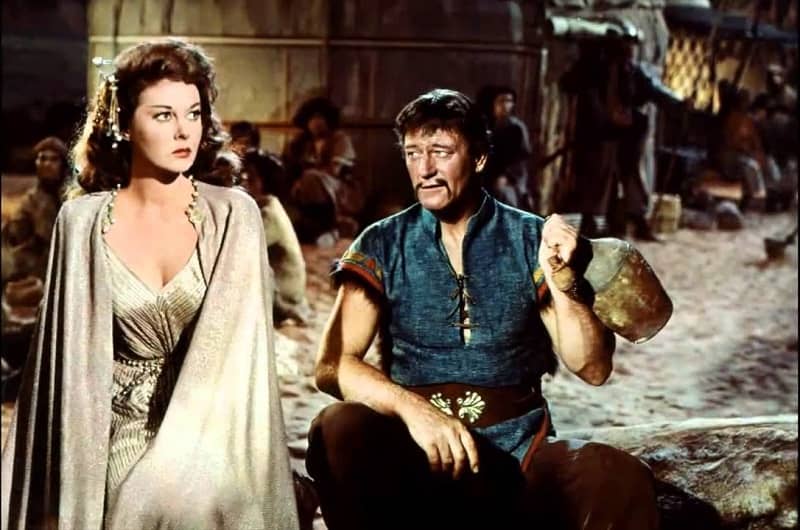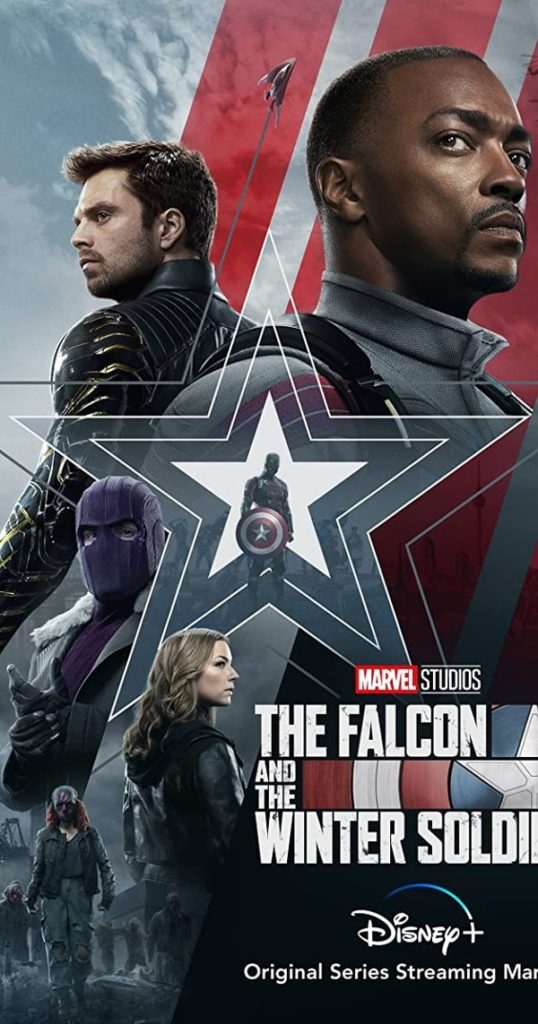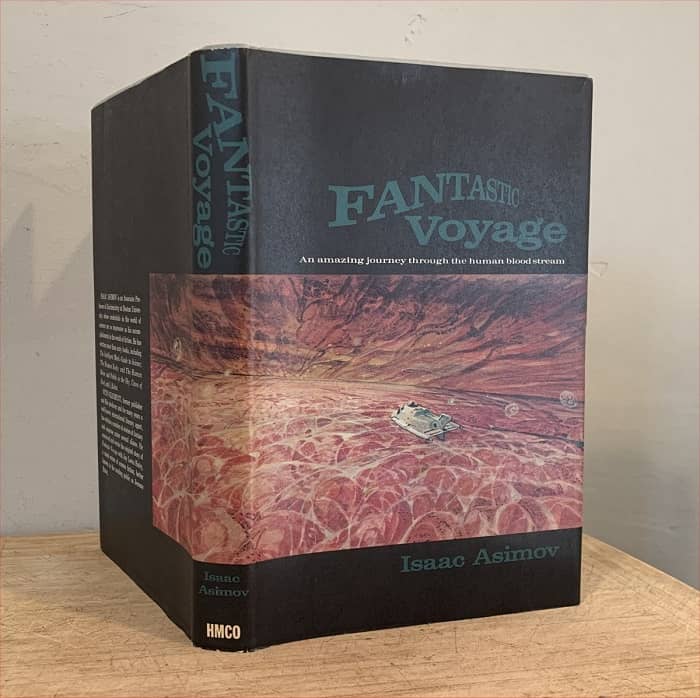Ellsworth’s Cinema of Swords: Hu’s On First
Come Drink With Me (Hong Kong, 1966)
Even if you’re not a big fan of wuxia, or Chinese historical martial arts films, you’ve certainly seen Crouching Tiger, Hidden Dragon, so you’re aware of their distinctive visual style. That style, of course, didn’t come out of nowhere, it developed over time, and can be traced back to the work of one man, writer-director King Hu, the creator of the modern wuxia movie. This week we’re looking at Hu’s first three hugely influential films, which established the tropes, look, and feel of the genre in the Asian cinema of the late Sixties.
Come Drink With Me
Rating: *****
Origin: Hong Kong, 1966
Director: King Hu
Source: 88 Films Blu-ray
Sometime during the Ming Dynasty, a government official commands a file of troops who are escorting wheeled cages bearing captive bandits to prison. Suddenly they’re stopped by a white-robed man with a petition, demanding the release of the leader of the Five Tigers criminal gang. The petition is refused, and the response of the Five Tigers is instant: the troops are slain in a bloody massacre and their commander, the son of the local governor, is captured as a hostage. What can the governor do but send the Golden Swallow to rescue him?
